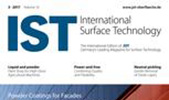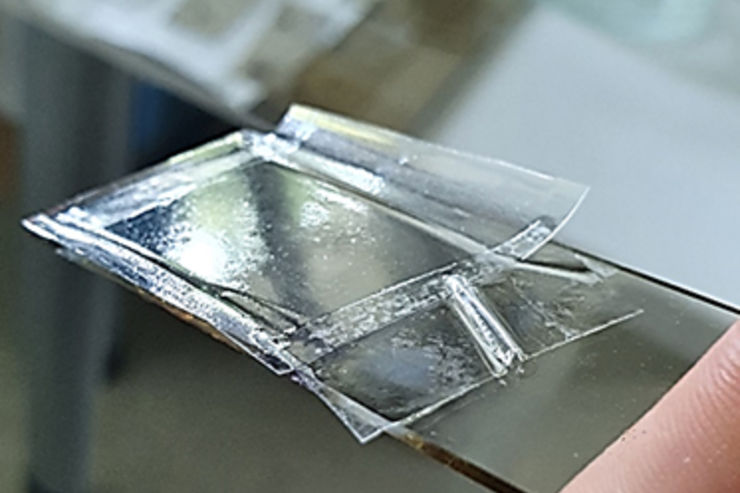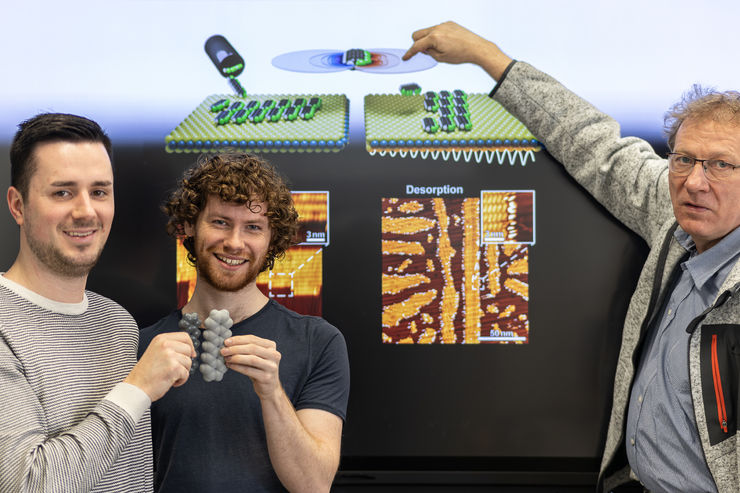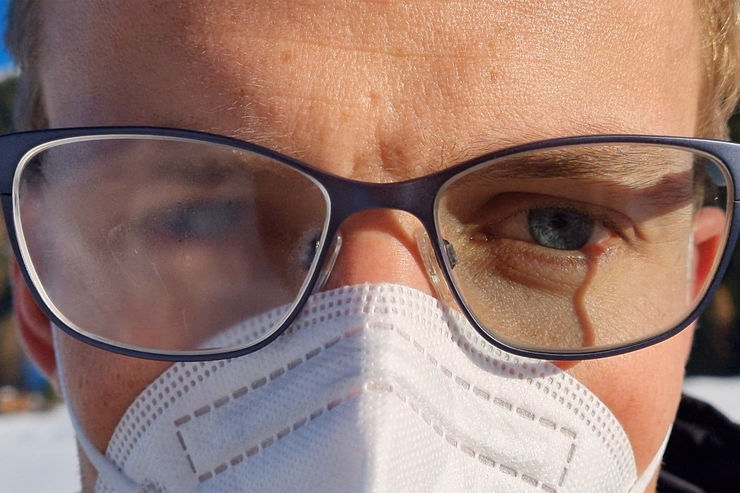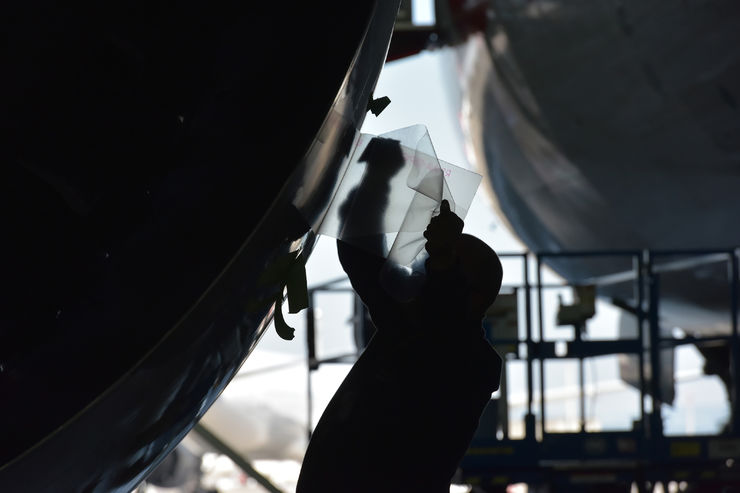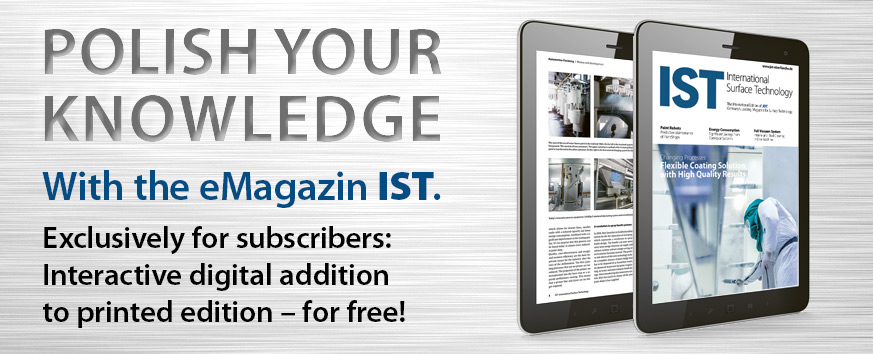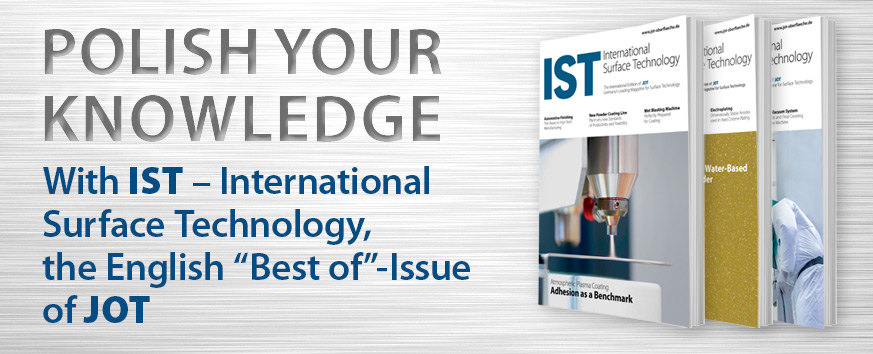Low-energy electron beam technology (ebeam) is a multifunctional tool with a wide range of applications that can be used specifically to modify surfaces. It can be used either to gently disinfect or sterilize surfaces, to harden materials in a surface-sensitive manner by means of crosslinking processes, or to effectively modulate surface properties such as wettability. Innovative surface-sensitive functionalization technologies guarantee the preservation of material properties, while at the same time the surface properties can be adapted. The use of low accelerating voltages (< 300 kilo-electron volts, keV) in low energy, non-thermal electron beam processes guarantees the very good material compatibility and a sustainable material preservation. Nic Gürtler, a doctoral student in the Medical and Biotechnological Applications group at Fraunhofer FEP, explains in detail, "Surface functionalization with accelerated electrons is fast and does not require any environmentally harmful chemicals. The low-energy accelerated electrons can restructure, crosslink, break or form new chemical bonds close to the surface. When accelerated electrons strike a surface, various reactive species such as ions and radicals are formed, which play an important role in surface-specific modification processes. The ambient atmospheric conditions during the electron beam process can be customized to the material, influencing the desired degree of functionalization. Specifically, we were able to achieve a stable, non-toxic hydrogel coating on hydrophobic polyethylene (PE) and polyethylene terephthalate (PET) films."
The Ebeam-assisted coating process, Ebeam grafting, offers the opportunity to endow materials with selective surface functions so that biocidal, biocompatible or antifouling properties can be achieved, depending on the requirements profile. All process parameters of the non-thermal ebeam-induced coating process can be individually monitored and modularly adapted. Within the framework of various research projects at Fraunhofer FEP, ebeam grafting has already been successfully established as a two-stage coating process for the equipment of various hydrophobic plastic surfaces with antifouling attributes. The cell-repellent and protein-repellent surface properties obtained after ebeam grafting can be used in technical industries as well as specifically in the field of biomaterials research as a starting point for the development of new medical devices or implants, where uncontrolled biofilm formation is to be prevented. These ebeam functionalization processes can help optimize dental implants in dentistry, for example. Low-energy electron beam technology and thus also ebeam grafting is inline-capable, i.e. easily integrated into industrial processes on a customer-specific basis. For example, to realize modification of large flexible surfaces such as in packaging, the technology can also be implemented in roll-to-roll systems. This research work was carried out as part of the Discover project SaveLife funded by the Fraunhofer-Gesellschaft.
Autor(en): wi

